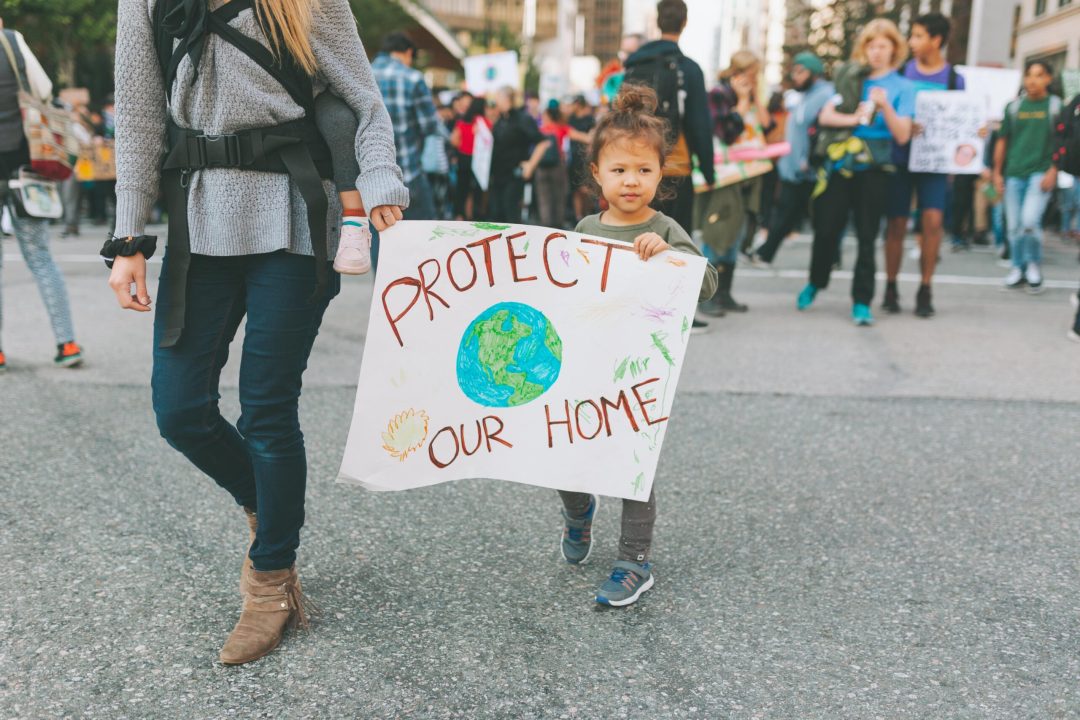3 Things to Know about Net Zero Efforts in a Post-Pandemic World
By Swatil Binte Mahmud, Lava Protocols
I love working from home. Period.
That being said, before the pandemic we had worked from our office five days a week for years. In the first week of working from home, I thought remote work was the worst idea. I kept thinking, how were we ever going to get anything done? But we all had our ups and downs and tips and tricks, making remote work sense. Two and half years later, I never returned to the pre-pandemic days of working every day from the office.
The best part of remote working was not spending close to four hours in traffic and pollution. The environment and air quality have drastically declined over the last few decades. In my city, in the mornings, when everyone is hustling to get to work on time, you can visibly see the black and dusty air filled with fumes and toxins. And while we sit in traffic, reading a book, watching TikToks or daydreaming, we inhale the toxic atmosphere around us. As offices are open now, I often think about whether we save the planet more by working remotely.
There has been a lot of debate around since the pandemic began. One side believes working from home has drastically reduced carbon emissions, and the other thinks remote working may not have impacted our Net Zero efforts much. At Salesforce, employees can choose to work from home or adopt a hybrid work model.
According to a report published by Salesforce, they found out that this strategy of remote work will reduce carbon emissions per employee by a staggering 29%. The study included the data on the employees’ carbon emissions while working from the office and at-home energy consumption and emission. So, is working from home better for the environment and us?
Before you come to a conclusion, hear me out first: Let’s talk about the three major ways we can incorporate Net Zero efforts at work or while working from home.
1. Measure to Know
Data and numbers might seem tiresome. But you will need the numbers to combat climate change. You need to know how much damage you and your employees are causing to the environment, how many toxic emissions you are responsible for, and where you will have to make changes to reduce your carbon footprint. The numbers might be scary at first because, trust me, we create more damage to this earth than what meets our eyes. But getting the numbers is the starting point of your Net Zero journey.
It would help if you also were efficient while doing an energy audit for your employees. If you have a big company, it might be a logistical nightmare to visit and do an energy audit for each employee. But advanced technology is here to make your life easier. You can opt for Net Zero Cloud by Salesforce to input data and measure types of energy used and times of energy consumption. Finally, you will be able to store, understand, manage, analyze and calculate emissions. Simply put, the Net Zero Cloud will track your company’s carbon footprint for you.
If you are a tech company and want to follow in the footsteps of the award-winning Salesforce, you can read up on why tech companies should care about climate change and sustainability.
![]()

2. Sustainability while Employees are at Home
I wish I had solar panels to run my fans and lights, green energy to charge my laptop, recycling and compost bins in my kitchen, and energy-saving appliances at home. If I had everything I just mentioned, that would be an ideal remote and sustainable work setup. I have some electrical products at my house that claim to save energy, but I am skeptical. It is not financially feasible for companies to expect their employees to change their homes to award-winning eco-friendly homes overnight.
However, what companies can do is, educate their employees on how they can live a more sustainable life at home. I even wrote about how I changed some of my habits to be a climate champion while working from home. I am not perfect, but I wanted to make some easy changes in my home and lifestyle to be less of an evil person who is killing our planet. I wish my previous employers gave us, all the hundreds of employees, training on how to be ‘more green’ in personal and professional spaces. But you can! If you cannot take the hassle of arranging training right now, you can share the Sustainability at Home report by Salesforce to your employees in an email today.

3. Question Yourself
Ask yourself if you are doing enough to combat climate change? Are you aware of the damage you are causing to the ozone layer? Are your company’s carbon emissions reducible? How can your company be a climate champion example for others?
Did I ask you at the beginning of this blog whether working from home is better for the environment and us? The question is for yourself to work on, find the answer, and take proper steps to ensure you are reducing your carbon footprint at work and outside of work. The new workforce is filled with Millennials and Gen Z’s who care more about the environment because they will have to live in this world in the coming years and are concerned about the liveability of our beautiful planet. They want to leave the Earth less damaged than they found it, and the companies will have to take an active role in the movement of sustainability to help them do so!
Lava Protocols is an authorized Salesforce Reseller. Want to track your Carbon Footprint? Drop us an email to: hello@lavaprotocols.com.

